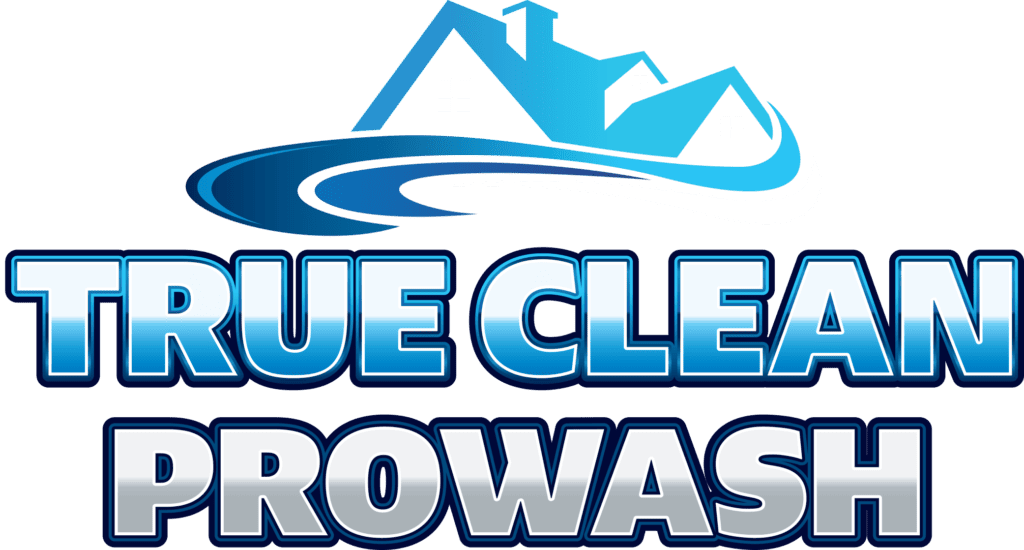How to Properly Clean Your Roof
A dirty roof can have serious ramifications on the interior of your home. In addition, a fall off the roof can be extremely dangerous.
Black streaks on a roof are colonies of blue-green algae, and thick green patches indicate moss growth. Both can damage shingles and cause leaks in the ceiling. Read on to find out more.
Debris Removal
After a storm, high winds, or other factors have piled debris on your roof, it’s important to get this removed. This is best done on a dry day to ensure a safe experience. Make sure you use a ladder that is in good condition and wear appropriate gear including safety glasses, rubber gloves, and a cap. If you decide to use a broom, be careful not to brush too hard as this can break the shingles. If using a blower, be sure to not aim directly at your chimney or skylight (if you have one) and to start from the top of your roof and work your way down.
This will promote adequate drainage and prevent moss or algae growth which can damage shingles over time. It’s also a great opportunity to inspect the gutter and drain systems for clogs. If left unchecked, these can cause leaks and other problems within your facility. In addition, they can hide existing hazards such as holes or openings in the roof structure that could be dangerous for anyone walking or working on it.
Pre-Soak
While technological advances have made asphalt shingles less prone to moss and algae growth, they still can become discolored with unattractive black streaks. Often, these dark stains indicate the presence of blue-green algae or moss colonies. They also cause a buildup of moisture that can promote rot, weaken individual shingles, and lead to water leaks. Regular cleaning of your roof will help to restore its appearance and extend its lifespan.
It’s important to hire a professional with the proper equipment and knowledge to clean your roof safely. While it is possible to use a power washer without causing damage, it’s best to stick with a soft washing method that uses a biodegradable detergent. This method will remove moss and algae while leaving the shingles intact. If you prefer to do it yourself, be sure to work on a cloudy day, since the sun will cause the chemical solution to evaporate more quickly, limiting its cleansing effects.
Pressure Washing
A roof that is regularly pressure washed will remove growths like moss, mildew, and algae. These can damage shingles and allow them to loosen, thus shortening their lifespan.
In addition, a dirty roof can hold onto heat and cause deterioration of the underlayment. It can also clog gutters, leading to water ponding on the roof surface and eroding detrimental components of the roofing system.
While washing the roof, be sure to wear rubber gloves and safety goggles. It is important to only spray areas of the roof you can safely reach from a ladder. Wet shingles can be extremely slippery, and you don’t want to fall off the ladder or do damage to your home or surroundings.
When cleaning your roof, consider using a biodegradable detergent with the pressure washer. This helps to break down the spores of mold, mildew, and fungus and makes it easier to wash away. It can also help to reduce the amount of force used, which may prevent damage to your shingles.
Chemicals
There are a variety of chemical cleaners that clean shingles. Some, like bleach, are harsh and require scrubbing and the use of a pressure washer to work effectively. Others, such as vinegar and sodium percarbonate, are less harsh but still effective at removing stains and killing the growth of moss, algae, and molds. Many of these cleaners come in concentrate bottles that attach to the end of a hose, which makes it easy for roof cleaners to reach higher parts of the roof.
When using bleach, you need to pre-soak the shingles and cover any plants that will be affected by run-off. Most roof cleaning contractors use a ratio of water to bleach of about 50/50 and then add surfactants. These are important because they help the solution penetrate deeply into organic materials to kill them at the roots. They also help the solution dry quickly, preventing further damage to the roof and plants. It is best to work on an overcast day to avoid evaporation of the chemical solution before it can do its work. Continue reading the next article.
